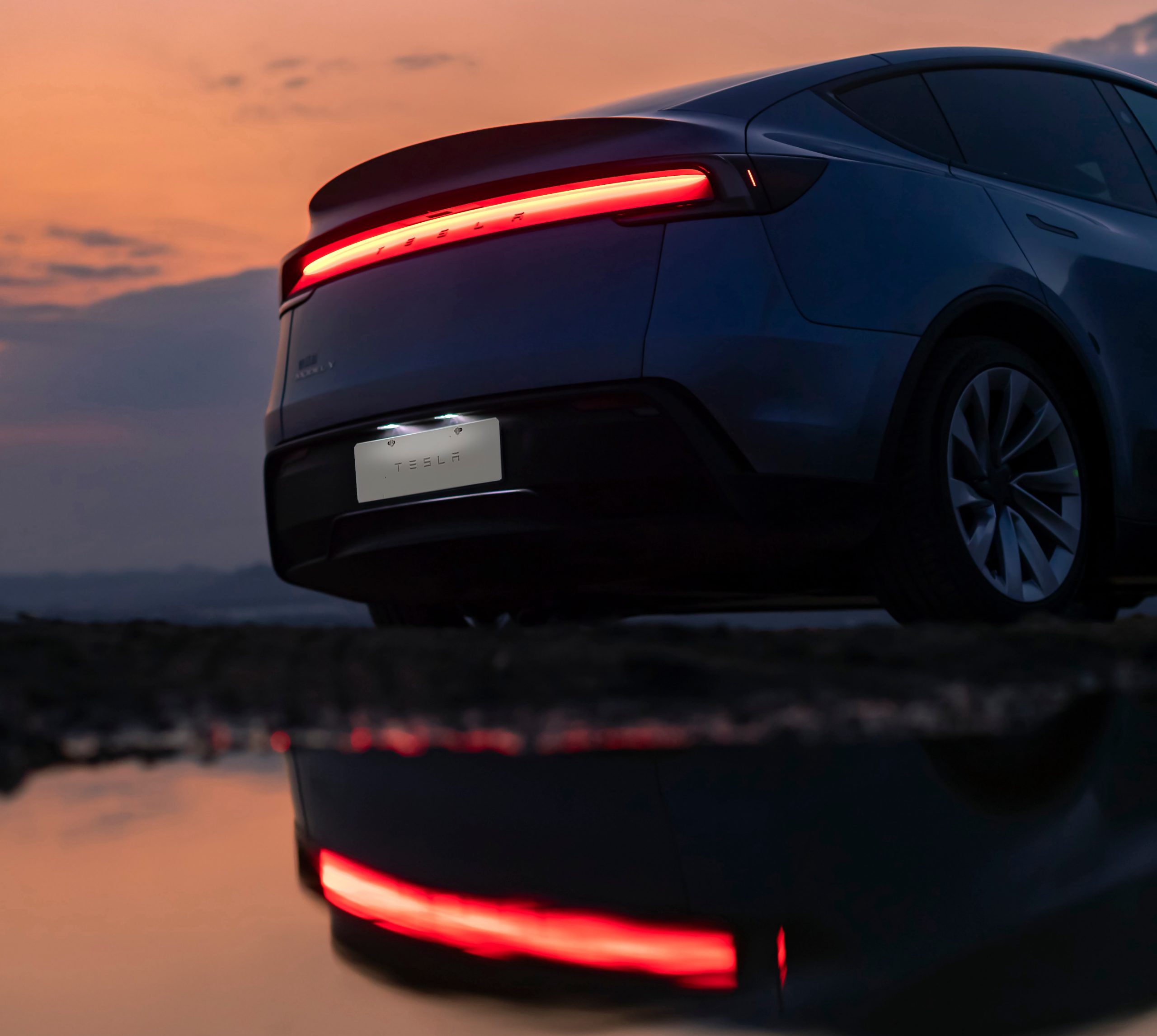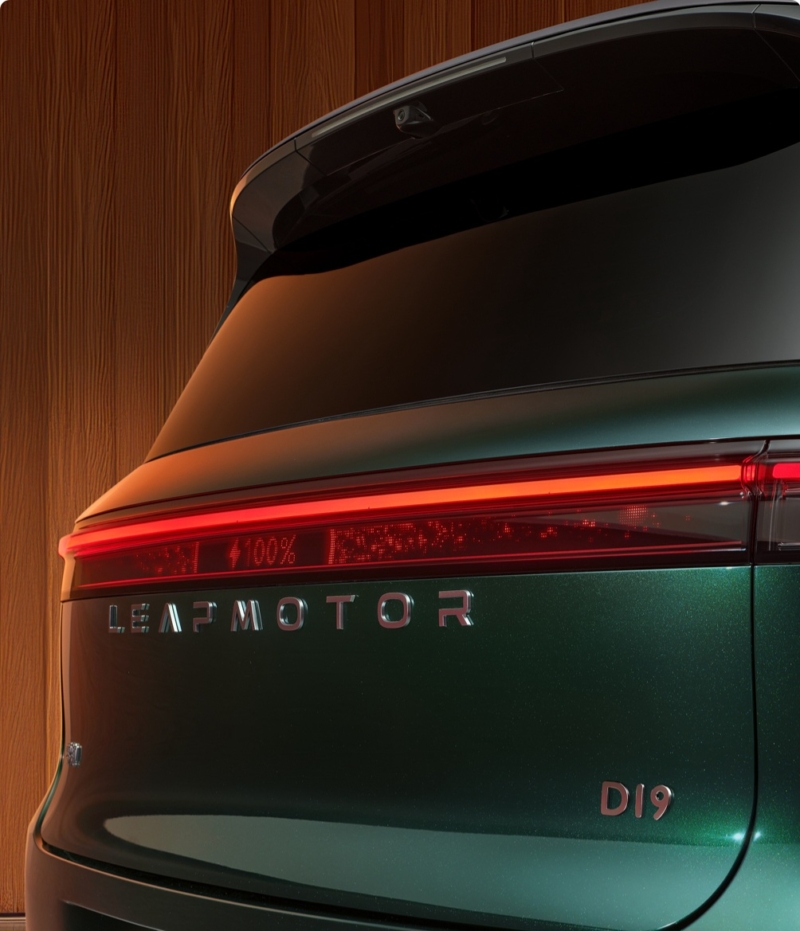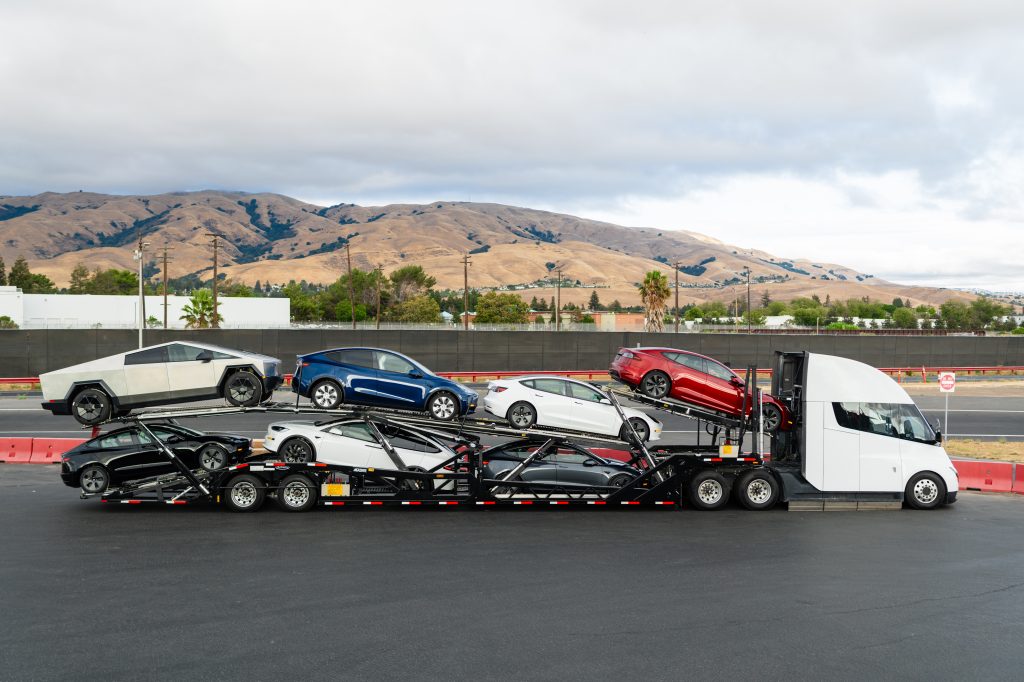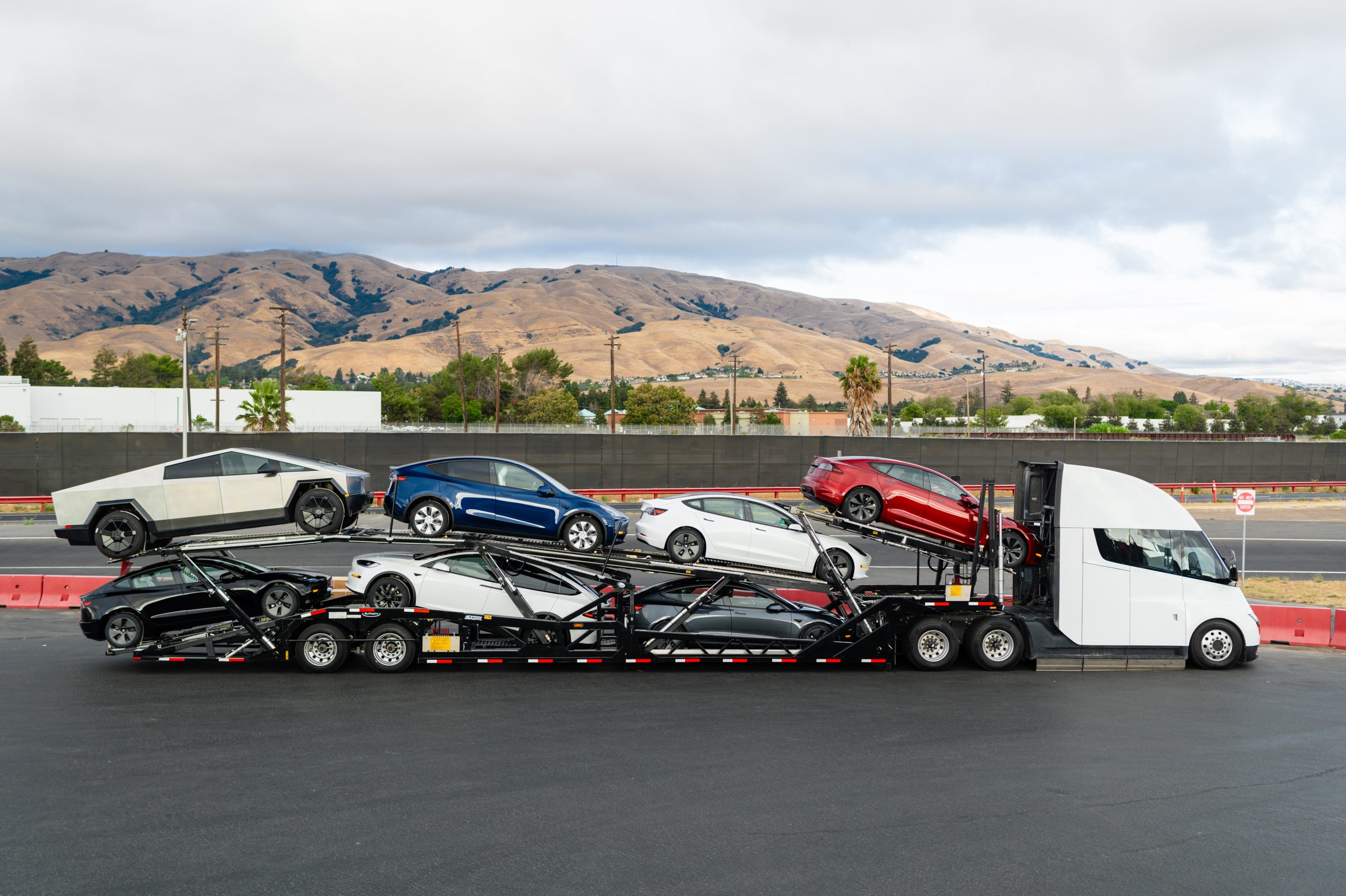Solid-State Battery Breakthrough: Chinese Scientists Surpass 1,000 km Range Barrier
Covers infotainment, ADAS and software updates. Daily: Hyundai Ioniq 5. Project car: NB Miata with a homebrew CarPlay retrofit.
In a landmark achievement, Chinese researchers have tackled a major challenge in solid-state battery technology, potentially enabling electric vehicles (EVs) to travel over 1,000 kilometers on a single charge with a 100 kg battery pack. This breakthrough, reported by China Central Television, highlights significant advancements in the safety and efficiency of these batteries, which could revolutionize the EV industry.
The development of solid-state batteries has long been hampered by the difficulties in creating a stable and efficient interface between the hard, brittle sulfide-based solid electrolytes and the soft, pliable lithium-metal anodes. This mismatch has been a critical bottleneck, hindering the transport of ions and thus the battery's overall efficiency. However, researchers across China have introduced innovative approaches to overcome this obstacle. At the forefront is the Institute of Physics at the Chinese Academy of Sciences, which has developed a method using iodine ions as an interfacial mediator. These ions migrate to the battery's interface during operation, where they facilitate the attraction and proper alignment of lithium ions, thereby improving the contact between materials and enhancing performance.
Another promising advancement comes from the Institute of Metal Research under the Chinese Academy of Sciences. This team has focused on addressing the mechanical flexibility issues of the electrolyte by developing a polymer-based framework. This innovative framework not only enhances the material's resistance to bending and twisting but also significantly boosts its structural integrity. The modified electrolyte can endure up to 20,000 bending cycles without damage, thanks to additional chemical components that improve lithium-ion mobility and increase energy storage capacity by as much as 86%. These improvements mark a substantial leap forward in the quest for more durable and efficient solid-state batteries.
Meanwhile, researchers at Tsinghua University have taken an alternative approach by incorporating fluorinated polyether materials into the electrolyte. Fluorine's inherent high voltage resistance helps to form a stable fluoride layer on the electrode surface, preventing electrical breakdowns under stress. This advancement has led to batteries that successfully pass rigorous safety tests, including puncture and high-temperature (120°C) tests, without risk of explosion. Such enhancements not only improve the battery's safety profile but also its stability at high charge levels, which is crucial for consumer confidence and widespread adoption.
These cutting-edge developments are poised to significantly enhance the energy density and safety of solid-state lithium-metal batteries. However, before these batteries can be rolled out commercially, the advances must undergo extensive testing and industrial validation. The potential of these batteries to more than double the driving range of EVs could be transformative, offering a compelling solution to range anxiety—a significant barrier to broader EV adoption.
The implications of these breakthroughs extend beyond automobiles. The ability to store more energy safely could also pave the way for applications in other sectors, such as aviation, where weight and safety are critical concerns. For instance, collaboration between Gotion High-Tech and EHang, a Chinese eVTOL developer, suggests that solid-state battery technology could soon power low-altitude aircraft, further demonstrating the versatile potential of these innovations.
As China pushes forward with these technological advancements, the country is positioning itself as a leader in the EV industry, potentially narrowing the gap with its Japanese and Korean counterparts. While challenges remain, particularly in terms of cost reduction and interface stability, the path to commercial viability appears increasingly clear. These developments underscore the dynamic nature of the EV market and highlight the critical role of innovation in shaping the future of transportation.
About Noah Stein
Covers infotainment, ADAS and software updates. Daily: Hyundai Ioniq 5. Project car: NB Miata with a homebrew CarPlay retrofit.



